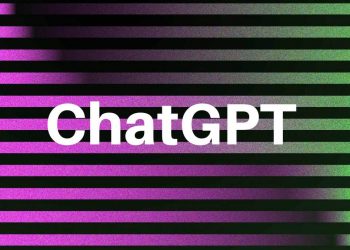My title here pretty much sums up what I’m about to share with you in this article: The definition of web 3, why it matters, and how it will affect your future business practices. So let’s get started!

Web 1.0 vs 2.0 vs 3.0
Web 1.0 was all about information while Web 2.0 was more about sharing information, but Web 3.0, also known as the blockchain web, promises to be a place where people exchange value directly with each other, rather than through an intermediary like PayPal or Uber or Facebook (yes, these are starting to feel a bit like middlemen). So what does that mean for you?

The defining features of Web 3.0
The Blockchain, The Metaverse (or Virtual Reality),and Crypto Currencies. Each of these three elements rely on one another for success and are used together to create an inter-connected ecosystem of distributed applications (or DApps). This system is web 3.0, or what many call Web3 or even Web3.1 . Understanding how each element fits into a larger whole will give you a better understanding of where Web3 is headed as well as why they all need one another to succeed.

The power of decentralization
Decentralization has been one of bitcoin’s major selling points since its inception in 2009, but that concept also extends to all forms of web-based data storage and transfer. The concept is simple: rather than having large servers controlled by a single entity—Facebook, Twitter, Microsoft—the internet would be better served by storing data across millions of computers around the world; then those computers can serve information to whoever asks for it while keeping a copy on their own machine. In theory, it makes data safer and more accessible; in practice, we’re still waiting to see how web 3.0 shakes out as individual sites begin implementing their own services. Namely because no one knows exactly what web 3.0 will actually look like at first…
The infrastructure requirements for Web 3.0
The blockchain. Web 3.0 requires a decentralized infrastructure that’s able to handle heavy loads of data while also providing complete transparency, trust, and an easy onboarding process for new users. The most obvious solution to these issues is a decentralized ledger platform like blockchain. So what exactly does web 3.0 mean in terms of crypto? Blockchain-based web 3.0 means more people using peer-to-peer apps built on Ethereum, where users have complete control over their own data—and get paid for sharing information about themselves online via cryptocurrency instead of advertising dollars.
Conclusion
Ultimately, web 3.0 is still very much in its infancy—but that doesn’t mean you can’t jump on board early to secure your slice of the pie before it gets even bigger. To be part of something potentially massive, start considering what web 3.0 will look like (and why it matters) as soon as possible by diving into conversations surrounding a new metaverse, blockchain technology and cryptocurrency now!













